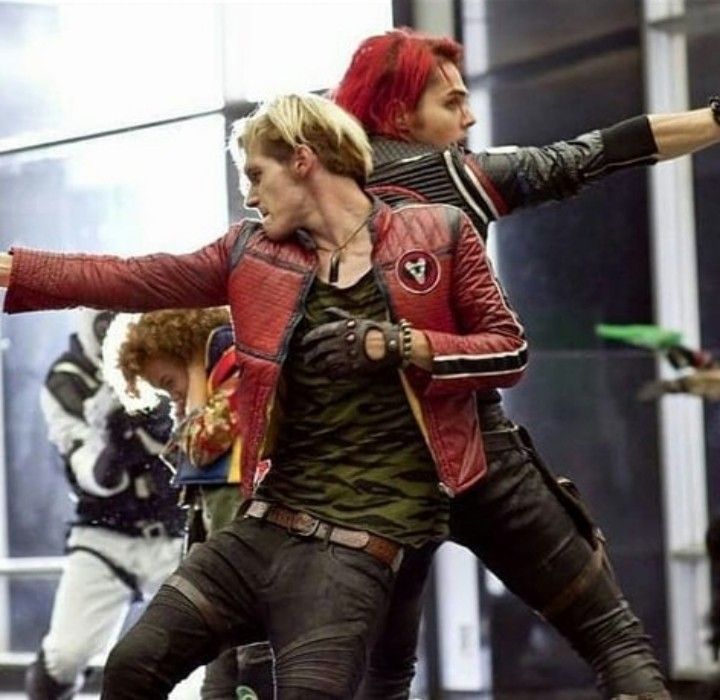LInes Written in Early Spring by William Wordsworth
Cards (23)
- Structure
- ABAB rhyme scheme
- First lines of the last stanza are a different structure
- Use of cesura
- I heard a thousand blended notes
- In that sweet mood when pleasant thoughts/Bring sad thoughts to the mind
- To her fair works did Nature link
- The human soul that through me ran; / And much it grieved my heart to think
- What man has made of man
- The periwinkle trailed its wreaths
- And 'tis my faith that every flower
- Enjoys the air it breaths.
- The birds around me hopped and played
- But the least motion which they played / It
- It seemed a thrill of pleasure.
- To catch the breezy air;
- And I must think, do all I can,
- If this belief from heaven be sent, / If such be Nature's holy plan,
- Have I not reason to lament
- What man has made of man?
- Religious imagery
- Funeral imagery
- Link to
